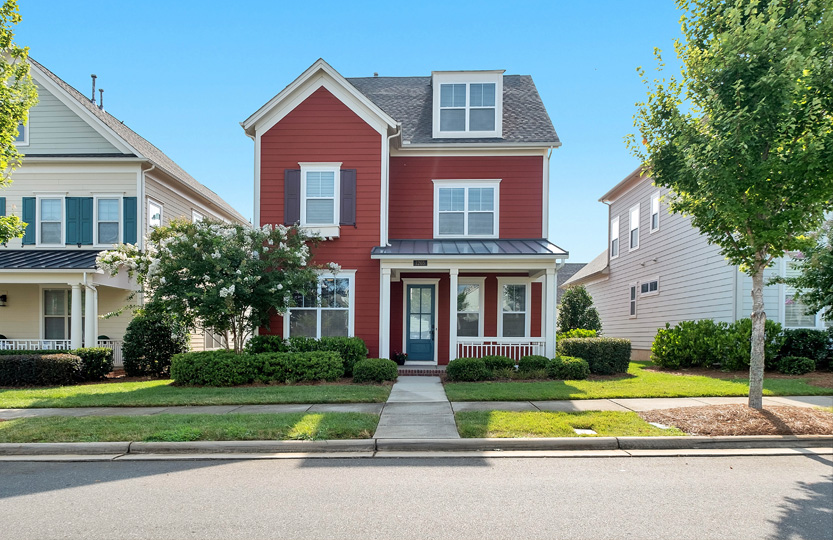After 10 consecutive meetings in which the U.S. Federal Reserve raised its benchmark interest rate, this week the central bank decided to hit pause on further increases.
The Fed pointed to reassuring data on inflation as the reason for the steadying measure, but indicated that two more rate hikes are expected before the end of 2023. It’s a welcome sign, although Reuters noted that baked-in inflation may be obscuring some of the Fed’s brightening outlook .
As the target rate has climbed over the last year or so, the U.S. housing market has felt the effects. Although the Fed’s benchmark rate doesn’t directly determine mortgage rates, it acts as a signal for home loan borrowing costs.
Hard-pressed home buyers are painfully aware that rising mortgage rates have made an already tight and pricy market even less affordable in large parts of the country. Compared to the historically low rates in place during the early years of the pandemic, today’s 30-year fixed mortgage rate of nearly 7% has proven prohibitive to a significant portion of people who want to buy homes.
So what does the Fed’s forbearance mean for these buyers?
“Mortgage rates have likely peaked,” Realtor.com chief economist Danielle Hale said. “But we’re not going to see a sudden or sharp decline. It’s going to be gradual.”
You may also be interested in: When is the right time to refinance your home?
Hale predicted that rates could drop to the low 6% range by the end of 2023 as long as inflation remains in check. She suggested that could wind down to about 5% in the next few years, still higher than period of less than 3% available to home buyers and owners refinancing in 2020 and 2021.
Fed Chair Jerome Powell agreed the Wednesday’s pause could help awaken a sluggish housing market.
“Activity in the housing sector remains weak, largely reflecting higher mortgage rates,” Powell said during a Wednesday press conference. “Certainly, housing is very interest rate-sensitive, and it’s the first place, really, or one of the first places, that’s either helped by lower rates or is held back by higher rates. And we certainly saw that over the course of the last year. We now see housing putting in a bottom and maybe moving up a little bit. We’re watching that situation carefully.”
There are some indications that home prices are moderating after climbing significantly during the pandemic. The median home list price fell 0.9% for the week ending June 10, according to Realtor.com. That was the first year-over-year decline since the website began collecting weekly data in 2017.
Due to limited home supply, Hale said she doesn’t expect to see huge price drops the rest of the year — especially if the Fed hikes rates once or twice more. But for many home buyers who have been priced out over the last year, Hale believes this is the start of friendlier market.
“There will be some relief,” Hale said.


